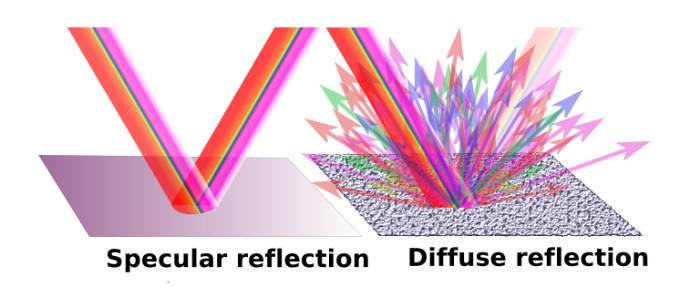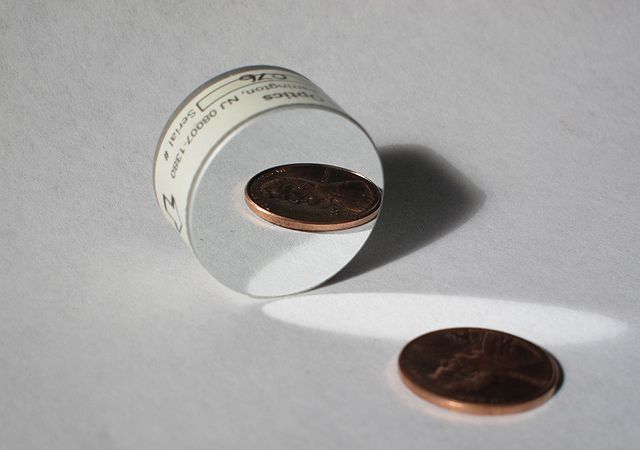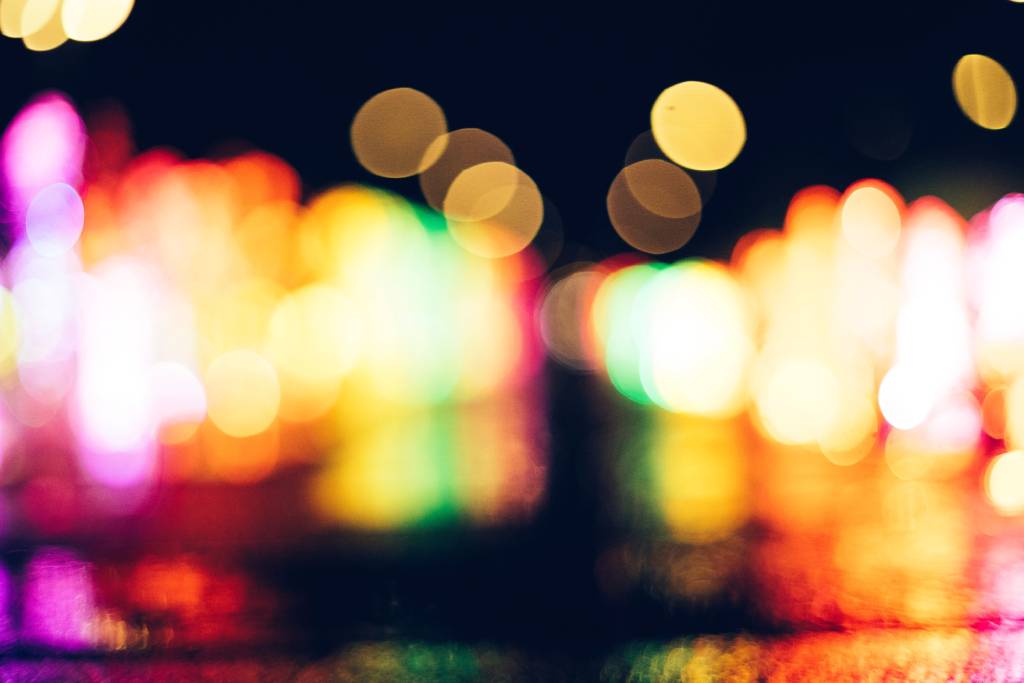To find out “What color is a mirror?” we must understand how light interacts with the structure of the mirror.
One would expect a perfect mirror to reflect every color. Such a mirror should appear white. White is the color we see on reflection of all wavelengths in the visible spectrum. Most mirrors reflect green light a little better than any other wavelength in the color spectrum in real life.
Mirrors we use daily are greenish hues, even though they don’t appear that way. A mirror often appears silver to the human eye; because the reflective layer contains metal.
Understanding color
To understand color, one needs to know about wavelengths and how exactly mirrors reflect light. Objects get their colors based on wavelengths in the visible spectrum.

The color that the human eye perceives depends on the light that reflects from an object.
A white shirt appears white because the shirt reflects all the visible wavelengths. In comparison, when an object absorbs all the wavelengths, and there is no reflected light, the color is seen as black.
Is a mirror silver or clear?
A typical mirror is more of a green tint than any other color. Mirrors only appear silver because they include a highly reflective metal, giving them a silver shine.
Light rays reflect off mirrors in the same direction. This is different from the way light will reflect off other objects. Some have called the color of a mirror a ‘smart’ kind of white, but the mirror is usually greenish because this is how the particles interact with light rays.
Green light explained
Generally, a mirror will reflect more of the green wavelength than that of red and blue light. How light interacts with the atomic structure is important and influences the images we see when looking into the mirror.
Specular reflection
Rather than light scattered in more than one direction, a perfect mirror reflects the light in the same direction. This is called specular reflection, where reflection is at the same angle, while diffuse reflection is when light scatters in different directions. Most mirrors do not have this perfect reflection in a single direction.

Frequently, mirrors are not perfectly smooth due to structural irregularities, and thus reflectance is imperfect. It is this roughness that impacts and causes some diffusion and altered reflectance of different wavelengths. This is why the reflectance of green is slightly more than blue and red light.
How perfect is your mirror at home?
If you consider the mirror in your house, the image that reflects back to you is good enough that you do not notice minor imperfections or distortions.
Ordinary mirrors work fine for most purposes. It is easy to brush our hair, put on makeup, or shave in front of our mirror at home, even with minor distortions to the image.
However, a mirror needed in a scientific laboratory needs minimal distortion, especially for precision work in optical systems.
What materials make up a mirror?
Soda-lime silica glass commonly make up mirrors; this glass impacts reflection and how light moves after striking the mirror. A reflective metal layer is also present in a mirror.
Materials used to make a mirror and the thickness of the glass all impact how the mirror reflects light. The thickness of the glass layer in the mirror changes the dominant wavelength slightly. The colors reflected may be more yellowish-green than green as a result.
There are two types of mirrors that are made: second-surface and first-surface mirrors. These two types are constructed for different uses.
Second-surface versus first-surface mirrors
A second-surface mirror has a layer of glass in front of the silver backing reflective part. The silvering process does not necessarily mean the metal used is silver, and other metals such as aluminum, zinc, gold, or copper, may be used. A second-surface mirror is made for use in homes.
Read more: Space Blindness: A Scary Side Effect of Microgravity
A first-surface mirror has a reflectivity layer at the front of the mirror instead of the back. This results in about 10% more reflectivity than a second-surface mirror. First-surface mirrors are manufactured for optical equipment such as telescopes, microscopes, and cameras and are designed for minimal image distortion.

What is a mirror tunnel?
Researcher Raymond L. Lee discovered that a mirror tunnel was created when two second-surface mirrors were placed facing each other. This is when a tunnel effect is created, and reflections between two mirrors result in darker colors (including green).
The science museum in Granada has a mirror tunnel used to research the reflectance of rays. Researchers found using mirror tunnels that, in most cases, the reflectance was of the wavelengths in the range of 495 to 570 nanometers, which we see as green. This gives evidence of the greater reflection of green wavelengths and why what we perceive is not usually the actual color of the mirror we use every day.


